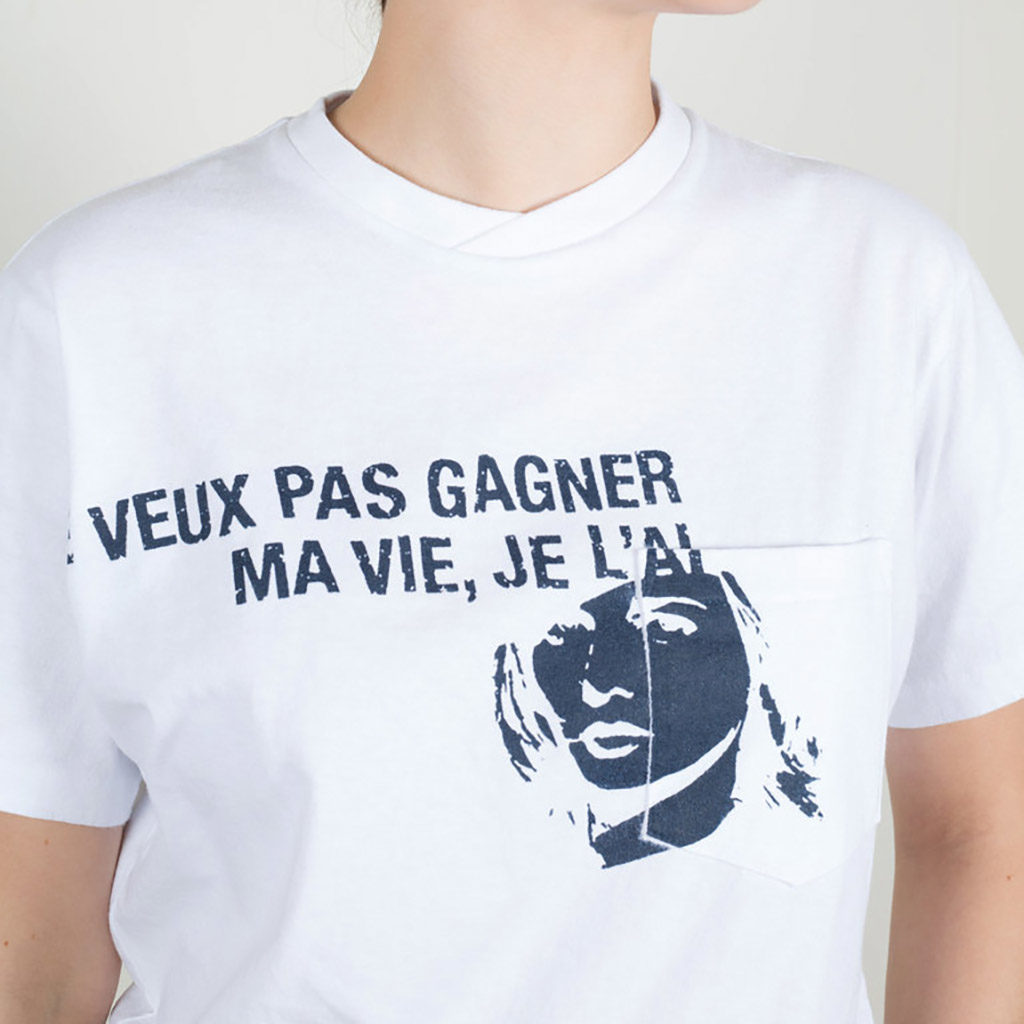NFT et la survie de l’art(iste) / NFT and the survival of the art(ist)

Le retentissement du NFT dans le champ de l’art est grandissant. On peut bien tenir un discours technique se voulant objectif, reconstituant le cheminement du NFT jusqu’à la réappropriation artistique. Mais on passera alors à côté d’un aspect réflexif de la question. Car comment expliquer l’excitation des artistes et de nombreuses galeries face à cette technologie ? Comment comprendre l’attention des médias et d’un public grandissant ?
C’est sans doute qu’il s’agit en art surtout de survie : comment vivre, c’est-à-dire gagner sa vie, en faisant des œuvres d’art ? Comment tenir au-delà du supportable ? Comment continuer, coute que coute, au-delà du raisonnable ? Comprendre les ramifications de cette question qui se pose pour beaucoup d’artistes et de galeries est complexe, car elle interroge la relation historiquement située entre l’art, le travail, l’argent et la vie. Il y a là un nœud irrésolu qui concerne chacun, mais dont les artistes seraient des incarnations privilégiées tant leur mythologie a été contemporaine de l’émergence de la subjectivité moderne.
Le NFT est moins un médium (ce pour quoi la notion de cryptoart me semble peu adaptée) qu’une modalité de transaction qui permet de se passer des acteurs classiques du marché de l’art qui validaient ou non les objets. Ceci ne veut pas dire qu’il n’y a pas de nouveaux acteurs ou des anciens acteurs qui s’y mettent, mais seulement que le simple fait de rebattre les cartes semble libérer beaucoup d’artistes, leur permettre de respirer. Ils peuvent enfin rencontrer un marché et espérer gagner un peu d’argent.
Il y a avec le NFT le symptôme de la situation de survie de l’art. La majorité des artistes travaillent au-delà de l’espérance de gagner leur vie. Ils doivent travailler à côté pour survivre ne parvenant pas à faire de cette obsession quelque chose d’échangeable. Ce surplus de travail et de vie est à une limite sociale où chacun doit en même temps se réaliser comme sujet et en même temps gagner sa vie, c’est-à-dire d’abord en être privée pour pouvoir la regagner.
Si cette dépossession est majoritaire, les artistes affirment quant à eux une vie, comme force de travail au-delà du gain, tout en étant dépossédés de la valeur d’échange. Le NFT fait rêver beaucoup d’enfin résoudre cette équation impossible. Le NFT donne à rêver d’une société où les artistes pourraient produire des objets et les vendre sans passer par des intermédiaires trop complexes et autoritaires. Ils rêvent de devenir des travailleurs, et d’enfin entrer dans le marché. Plus d’un siècle après. Ce désir est significatif de la situation actuelle de nombreux artistes.
–
The repercussion of the NFT in the field of art is growing. One can well hold a technical discourse wanting to be objective, reconstituting the path of the NFT until the artistic reappropriation. But we will then miss a reflexive aspect of the question. For how can we explain the excitement of artists and many galleries in front of this technology? How can we understand the attention of the media and of a growing public?
It is undoubtedly a question of survival in art: how to live, that is to say to earn a living, by making works of art? How to hold beyond the bearable? How to continue, at all costs, beyond what is reasonable? Understanding the ramifications of this question for many artists and galleries is complex, because it questions the historically situated relationship between art, work, money and life. There is an unresolved knot that concerns everyone, but of which artists would be privileged embodiments since their mythology was so contemporary with the emergence of modern subjectivity.
The NFT is not so much a medium (for which the notion of cryptoart seems to me to be ill-suited) as a modality of transaction that makes it possible to dispense with the classical actors of the art market who validate or not the objects. This does not mean that there are no new players or old players who are getting involved, but only that the simple fact of reshuffling the cards seems to free many artists, allowing them to breathe. They can finally meet a market and hope to make some money.
There is with the NFT the symptom of the survival situation of art. The majority of artists work beyond the expectation of making a living. They have to work on the side to survive, not being able to turn this obsession into something exchangeable. This surplus of work and life is at a social limit where each one must at the same time realize himself as a subject and at the same time earn his life, that is to say first to be deprived of it in order to be able to earn it again.
If this dispossession is in the majority, artists affirm a life, as a force of work beyond gain, while being dispossessed of exchange value. The NFT makes many dream of finally solving this impossible equation. The NFT gives us to dream of a society where artists could produce objects and sell them without going through too complex and authoritarian intermediaries. They dream of becoming workers, and of finally entering the market. More than a century later. This desire is significant for the current situation of many artists.
